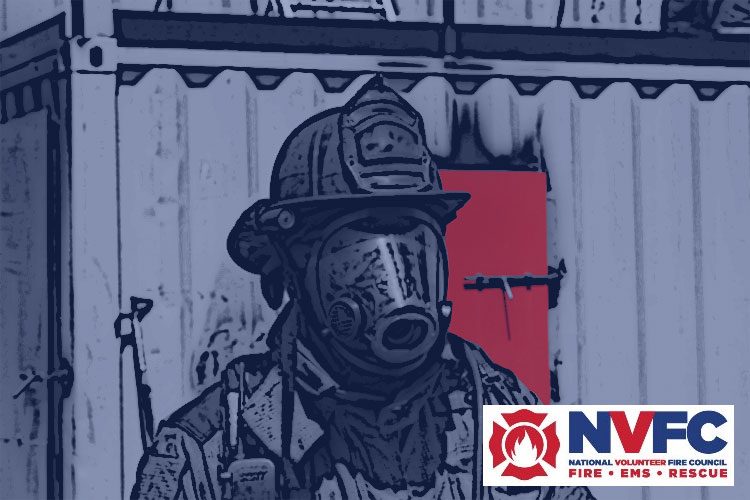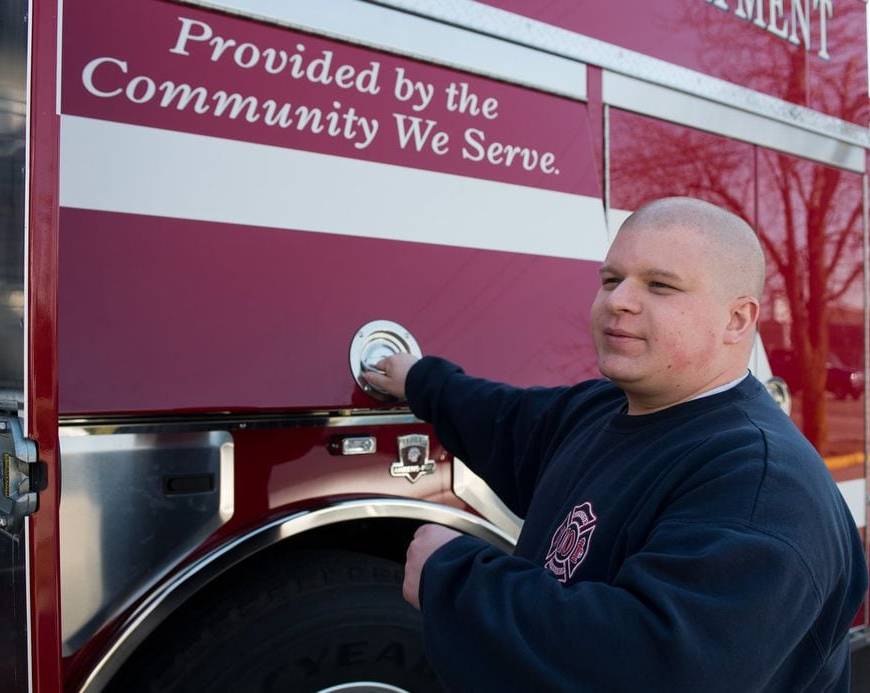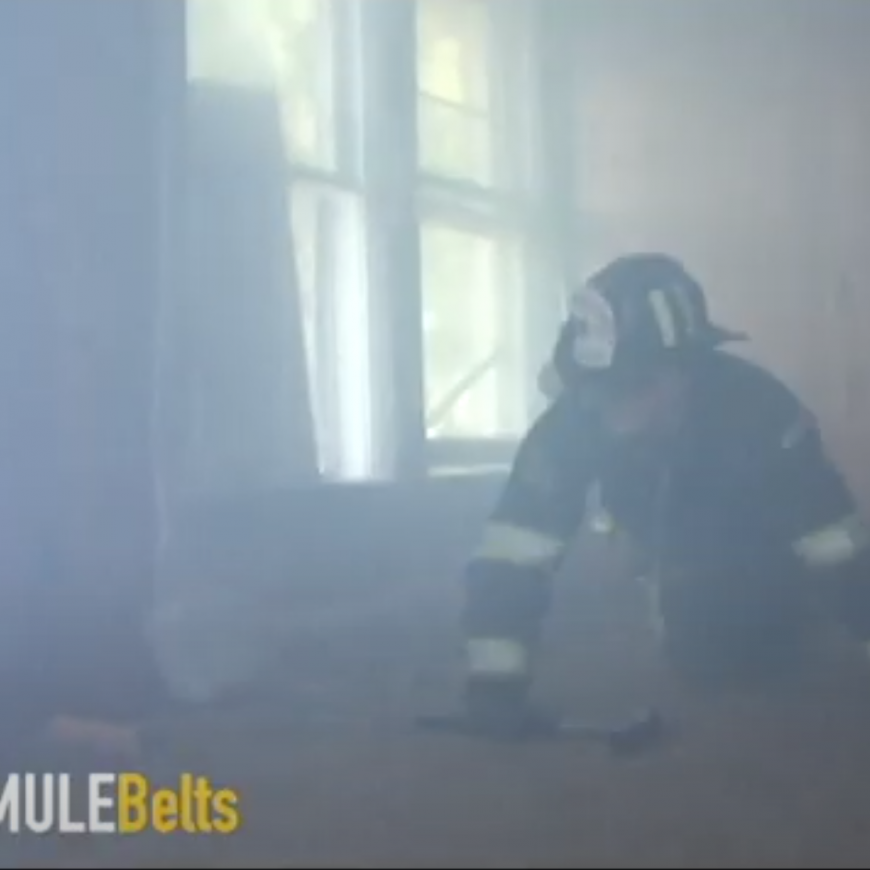By David Lewis
National Volunteer Fire Council
Across the U.S., fire departments are struggling to meet the rising costs of equipment and apparatus replacement. Many times, decisions are made between paying the monthly bills or acquiring much-needed equipment or personal protective equipment (PPE). The Federal Emergency Management Agency’s (FEMA) Assistance to Firefighters Grants program (AFG) provides opportunities to acquire federal assistance in addressing these challenges and aid the department in meeting its mission needs.
Public safety, including fire and law enforcement protection, is traditionally the responsibility of the state and local governments. Therefore, funding for these services is provided primarily through these local governments. During the 1990s, it was recognized that fire and emergency response was a nationwide concern, and many local governments were challenged with providing adequate funding to meet emergency response needs. As a part of the Fiscal Year 2001 National Defense Authorization Act (P.L. 106-398), the AFG program, also known as the FIRE Act grant program, was established.
AFG is an important component of the larger, coordinated effort by the Department of Homeland Security (DHS) and FEMA to strengthen the nation’s overall level of preparedness and ability to respond to fire and related hazards. Now in its 18th year, the AFG program has provided more than $7 billion in grants to fire and EMS organizations (career, volunteer, and combination departments) to obtain much-needed emergency response equipment, PPE, firefighting and emergency vehicles, and training. The FY 2018 AFG program will award another $315 million to first responder organizations that need support to improve their capability to respond to fires and emergencies of all types.
FEMA assistance to local fire departments consists of three grant programs that fall under the AFG heading.
AFG: These grants are designed to enhance the safety of the public and firefighters with respect to fire and fire-related hazards. The program provides direct financial assistance to eligible fire departments, nonaffiliated EMS organizations, and state fire training academies for critically needed resources that equip and train emergency personnel to recognized standards, enhance operational efficiencies, foster interoperability, and support community resilience.
Fire Prevention & Safety Grants (FP&S): These grants enhance the safety of the public and firefighters with respect to fire and fire-related hazards by supporting fire prevention programs as well as firefighter health and safety research and development.
Staffing for Adequate Fire and Emergence Response (SAFER) Grants: These grants provide funding to fire departments and volunteer firefighter interest organizations to assist with hiring of career firefighters and recruitment and retention of volunteer firefighters to meet industry minimum staffing standards to provide adequate protection from fire and fire-related hazards.
Departments should consider all three grant programs when examining their capability to meet their mission requirements. The National Fire Protection Association (NFPA) published its latest “Needs Assessment of the U.S. Fire Service” study in 2016. The survey concluded that many departments lacked basic training and equipment to safely and efficiently perform their mission. The survey further assessed that those departments who had acquired funding through AFG, FP&S, and SAFER had significantly improved their operational capabilities.
Departments should conduct their own needs assessment to determine their ability to meet their mission requirements. Assessing operational capabilities against mission requirements will help identify gaps in delivery capabilities. Once the gaps have been identified, the department should then develop approaches to closing those gaps to improve operational capabilities. Funding must then be allocated to implement each of those gap closing approaches. That’s where many departments fall behind, as the funding simply is not available in their budgets. The FEMA grant programs provide the necessary financial support to departments to alleviate the strain on operating budgets.
Yet, as I travel across the U.S., I find many departments don’t know about AFG or how to apply. At the same time, these are the departments which can most benefit from financial support to purchase basic equipment, PPE, and apparatus.
Let me put all this into a perspective that firefighters should be able to easily understand. When we first took our Firefighter I training, we were introduced to the fire triangle (or fire tetrahedron) to explain the principles of fire behavior. To sustain fire, all three legs of the triangle—heat, fuel, and oxygen—must be present. Remove any leg, and the fire cannot sustain itself and it goes out.



